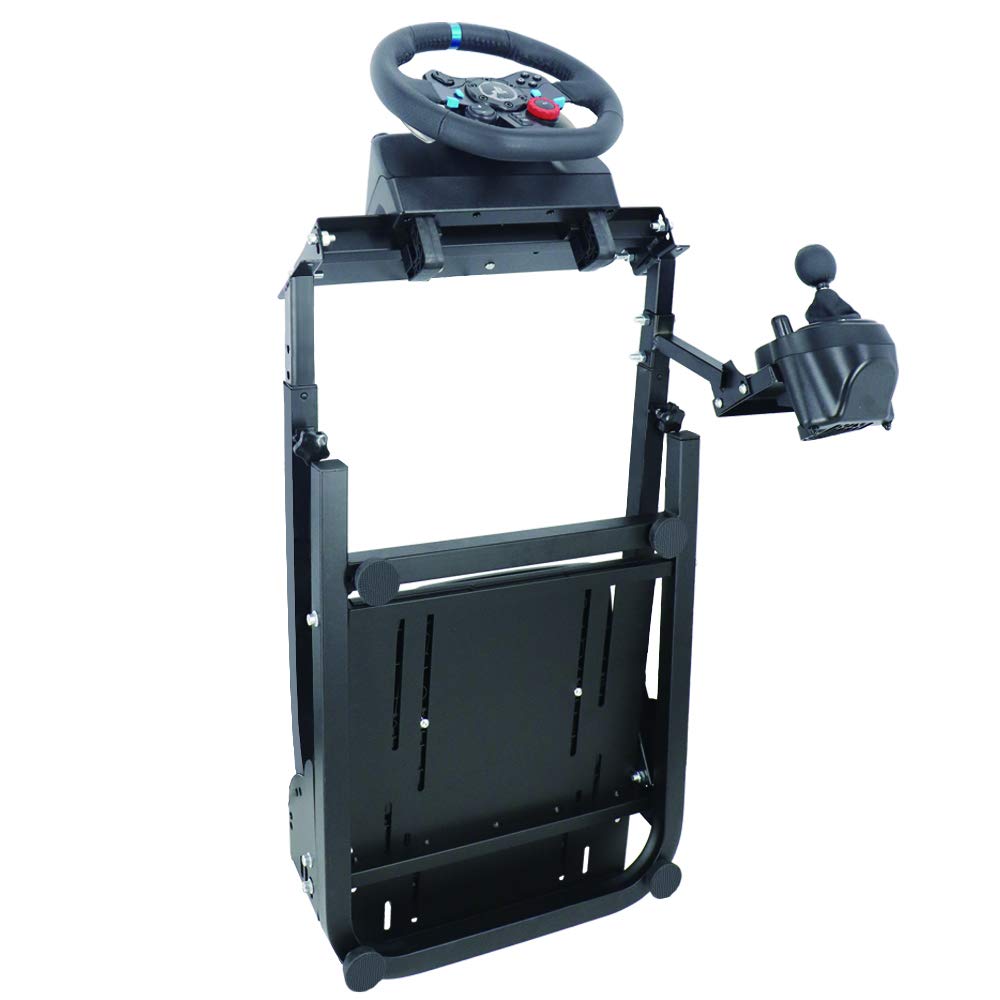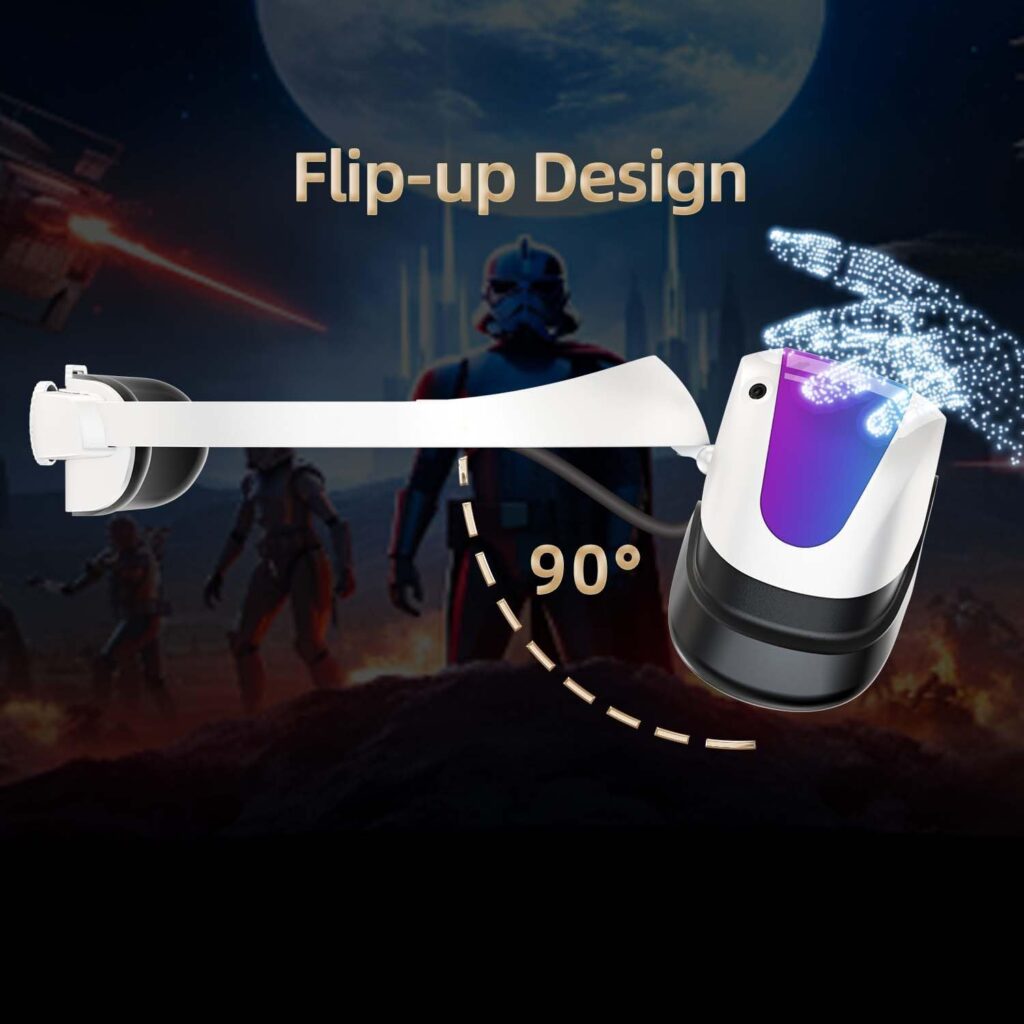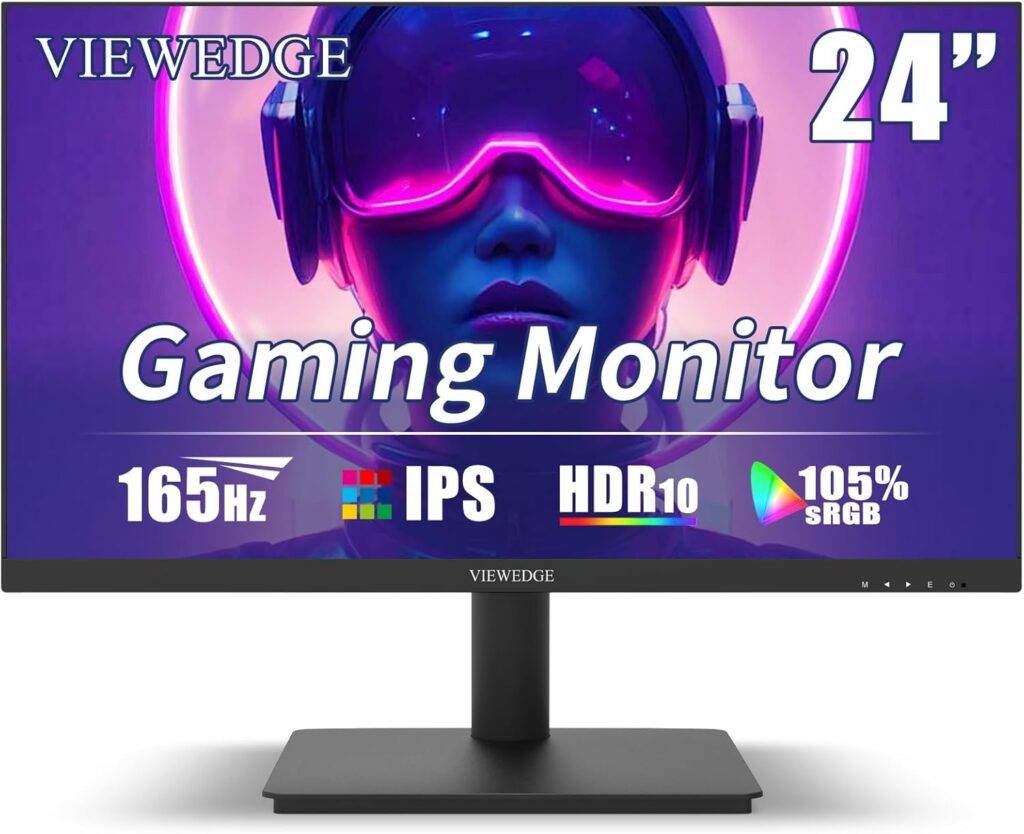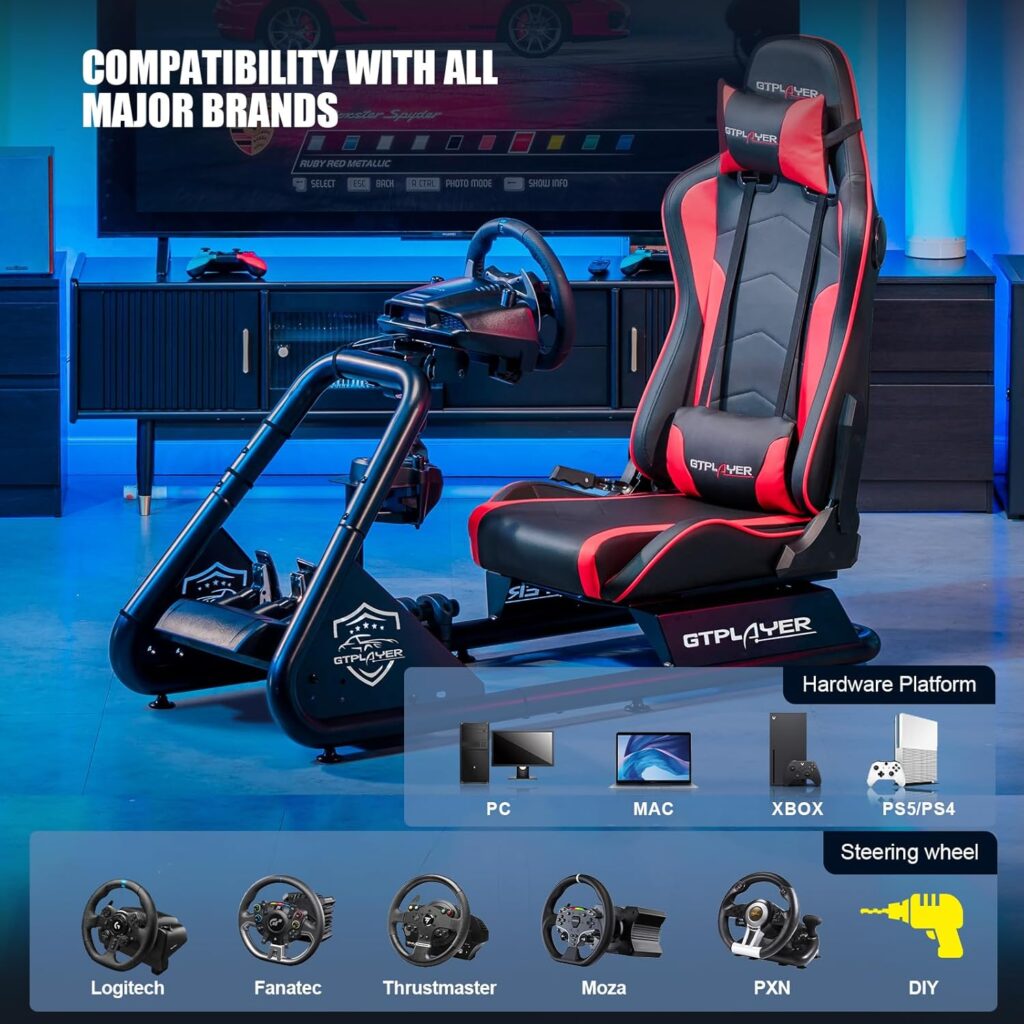Are you a newbie in the world of sim racing?
Do you find yourself overwhelmed by the plethora of options and information available?
Fear not, because this discussion is here to guide you through the essentials of sim racing.
From choosing the right racing game to mastering braking and cornering techniques, we will cover it all.
So, grab your controller or steering wheel, and get ready to dive into the exciting world of sim racing.
Key Takeaways
- Research and compare different racing game options
- Understand and adjust car setup for optimal performance
- Master braking and cornering techniques for faster lap times
- Utilize practice and simulation modes to enhance skills
Choosing the Right Racing Game
When choosing the right racing game, it's crucial to thoroughly research and compare different options to ensure you find the one that best suits your preferences and offers the level of realism you desire. The first step in this process is considering the platform you'll be using. If you're a PC gamer, you'll have a wide range of sim racing games to choose from. However, if you're using a console, you'll need to ensure the game is compatible with your gaming system.
Next, you should look for games that offer a variety of cars, tracks, and racing disciplines. This will keep the sim racing experience engaging and diverse, allowing you to try different cars and compete on various tracks. Additionally, checking out reviews and community feedback is essential to gauge the game's online racing and esports potential. You want to ensure that the game has a strong and active community for competitive sim racing.
Another important aspect to consider is the availability of mods and customization options. These allow you to tailor the game to your liking and extend its longevity. You can enhance the sim racing experience by adding custom tracks, cars, and even sim racing setups with dedicated sim racing wheels, steering wheels, and pedals.
Understanding the Basics of Car Setup
To optimize the performance of your car, understanding the basics of car setup is essential. The car setup involves adjusting various components such as suspension, tire pressure, and aerodynamics to enhance its performance on the track. Here are three key aspects of car setup that will help you improve your sim racing experience:
- Suspension: Fine-tuning the suspension can greatly affect the handling of your car. Adjusting the ride height, damping, and spring rates can improve stability during corners and maximize traction.
- Tire Pressure: Proper tire pressure is crucial for optimal grip. Experiment with different tire pressures to find the right balance between grip and responsiveness. Remember that lower tire pressure can increase grip but may also cause excessive tire wear.
- Aerodynamics: Modifying the aerodynamic settings can significantly impact your lap times. Adjusting the wing angles and diffuser settings can enhance the car's stability at high speeds and improve overall performance.
Understanding these basics will allow you to fine-tune your car's setup according to your driving style and the requirements of each track. By making precise adjustments to your sim racing rig, including the steering wheel and pedals, you can achieve a more realistic and immersive experience.
Mastering Braking and Cornering Techniques
Optimizing your car's performance through proper car setup is just the beginning; now it's time to delve into mastering the braking and cornering techniques that will take your sim racing skills to the next level. Understanding the intricacies of braking and cornering is vital for achieving faster lap times and gaining an advantage over your opponents.
To help you improve your skills behind the steering wheel, let's explore some essential techniques that will enhance your performance in sim racing games.
First and foremost, it's crucial to grasp the concept of braking zones and the importance of consistent braking pressure. By applying the right amount of pressure to the wheel and pedals, you can effectively slow down your car and maintain control throughout the corner.
Trail braking is another technique that can significantly optimize your corner entry speed. By gradually releasing the brakes while turning into the corner, you can carry more speed and achieve better lap times.
Hitting apexes is a skill that separates the best sim racers from the rest. The apex is the point where your car is closest to the inside of the corner. By hitting the apex, you can maximize your cornering speed and improve your exit speed onto the next straight.
Different racing lines also play a crucial role in finding the fastest way through corners. By experimenting with various lines, you can discover the optimal path that allows you to carry the most speed and maintain control.
Lastly, practicing smooth and controlled steering inputs is essential for maintaining stability through corners. Avoid jerky or abrupt movements and focus on maintaining a consistent and precise steering technique.
To summarize, mastering braking and cornering techniques is a fundamental aspect of sim racing. By understanding braking zones, trail braking effectively, hitting apexes, utilizing different racing lines, and practicing smooth steering inputs, you can elevate your sim racing skills and achieve faster lap times.
Utilizing Practice and Simulation Modes Effectively
To effectively utilize practice and simulation modes, consistent and focused practice is essential in order to improve your sim racing techniques. Here are some tips to help you make the most out of your practice sessions and simulation modes:
- Try out new tracks and cars: Exploring different tracks and cars can enhance your skills and make you a more versatile driver. It will also help you understand the nuances of different racing scenarios, improving your adaptability.
- Familiarize yourself with the track layout: Knowing the track layout, including turns and braking points, is crucial for better performances. Spend time studying the track before you start practicing. This will help you navigate the track more efficiently and improve your lap times.
- Customize your driving settings: Each racing simulator offers various customization options. Experimenting with different settings, such as steering sensitivity or braking force, can optimize your performance. Find the right balance that suits your driving style and preferences.
Taking advantage of practice and simulation modes can greatly contribute to your progress in the sim racing world. By consistently practicing, exploring new tracks and cars, familiarizing yourself with track layouts, and customizing your driving settings, you can improve your lap times and become a more skilled sim racer.
Joining Online Communities and Participating in Races
Joining online communities and participating in races is a crucial step in immersing yourself in the sim racing community and testing your skills against other experienced sim racers. The online community provides a platform to connect with other sim racers, find racing leagues and clubs, and stay updated on upcoming events and competitions. Engaging in forums and Discord servers can help you learn from experienced sim racers and gain valuable insights into the world of sim racing.
To give you a better idea of what to expect when joining online communities and participating in races, take a look at the table below:
| Benefits | Entry Requirements |
|---|---|
| Connect with other sim racers | Internet connection |
| Find racing leagues and clubs | Sim racing software |
| Stay updated on events and competitions | Racing wheel and pedals |
| Learn from experienced sim racers | Basic understanding of sim racing |
| Foster a sense of camaraderie | Sim racing gear (e.g., sim rig, direct drive wheel) |
Frequently Asked Questions
How Do You Get Good at Sim Racing?
To get good at sim racing, there are several techniques you can practice:
- Focus on mastering tracks and improving your reaction time. By learning the intricacies of each track and practicing your reflexes, you can shave off valuable seconds from your lap times.
- Understand vehicle dynamics and experiment with tuning your setup to optimize performance. By understanding how different changes to your car's settings affect its handling, you can fine-tune it to suit your driving style and the specific track conditions.
- Maintain consistency in lap times. Consistency is key in sim racing, as it allows you to predictably navigate the track and make consistent progress. Practice maintaining a steady pace and avoiding errors.
- Learn from experienced drivers by studying their strategies and techniques. Watch replays or live streams of skilled drivers and analyze their lines, braking points, and overtaking maneuvers. Incorporate their tactics into your own driving style.
- Utilize sim racing tools to enhance your experience and gain an edge. There are various tools available, such as telemetry software, that can provide valuable data about your driving performance. Use these tools to identify areas for improvement and make data-driven decisions.
Develop mental focus and concentration to stay sharp during races. Sim racing requires intense focus and concentration, as even a momentary lapse can lead to mistakes and lost time. Practice techniques such as visualization and mindfulness to improve your mental stamina.
Consider joining sim racing leagues and competitions to test your skills against others. Racing against real opponents can provide a new level of challenge and motivation. Participating in leagues and competitions allows you to gauge your progress and learn from other talented drivers.
Can I Learn to Drive With Sim Racing?
Yes, you can definitely learn to drive with sim racing. Sim racing offers several benefits for driver training, such as the ability to practice in a controlled environment and learn advanced driving techniques.
While sim racing lacks the physical sensations of real-life driving, it provides a cost-effective alternative to track days. To get started, beginners should invest in the right sim racing equipment and choose the appropriate game for learning to drive.
Additionally, proper seating position is crucial for optimal performance.
What Is a Good Sim Racing Position?
A good sim racing position is crucial for optimal performance on the virtual track. Proper posture is essential to maintain control and focus during races.
Additionally, mastering steering techniques, braking points, and cornering strategies are key to shaving off precious seconds from your lap times. Understanding track limits, mastering race starts, and managing tire wear are also important aspects of sim racing.
To enhance your experience, investing in high-quality sim racing equipment and analyzing telemetry data can provide valuable insights.
Can You Make a Career Out of Sim Racing?
Yes, you can make a career out of sim racing. Professional opportunities in esports and virtual motorsport are available, with top sim racers securing sponsorship deals and competing in high-stakes tournaments.
Online racing leagues offer earning potential, and training and practice are crucial for building a racing portfolio and developing racing skills. Balancing real-world and virtual racing is important, as is improving reaction times and maintaining mental and physical fitness in sim racing.
Conclusion
Congratulations, you've reached the finish line of Sim Racing 101!
Just like a skilled driver navigating a challenging track, you've learned the essential tips and tricks to excel in the world of sim racing.
By choosing the right game, mastering car setup and techniques, and immersing yourself in online communities, you've laid a solid foundation for success.
So tighten your seatbelt, embrace the thrill of the virtual race, and remember, the road to greatness is just a click away.




